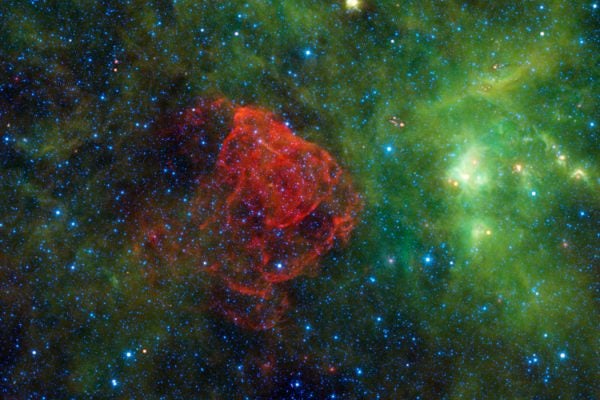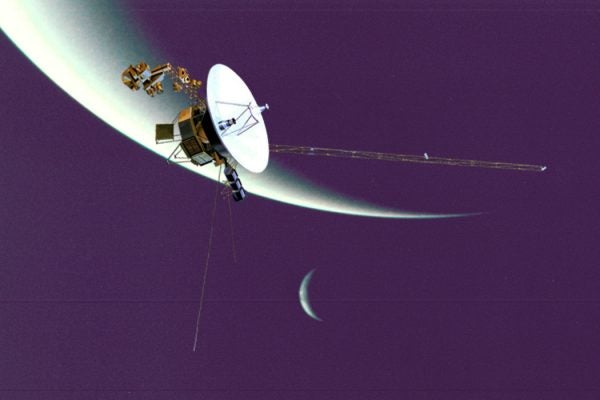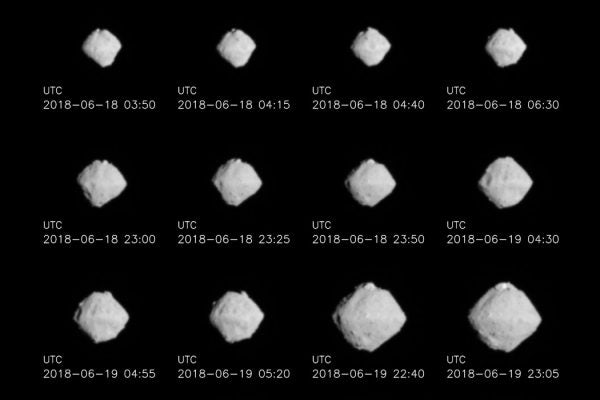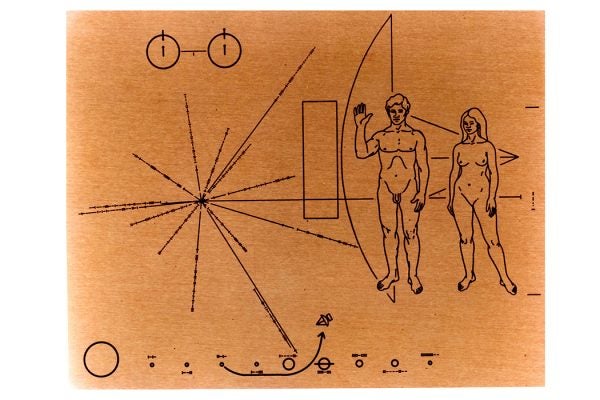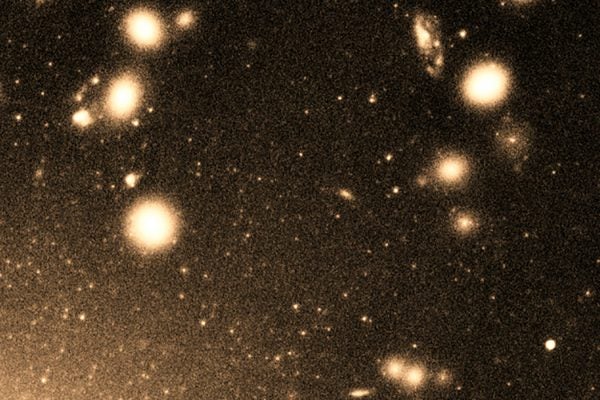Can a Supernova Cause Mass Extinction?
Since the 1950s, scientists have been proposing supernovae as catalysts for mass extinctions. But can it be proven?
Voyager 2 Heads into the Unknown
Forty-one years after its launch, Voyager 2 has officially crossed out of the solar system and into interstellar space. What has it discovered along the way?
An Ancient Egyptian Funerary Vessel Heads to Outer Space
Tavares Strachan's “Enoch” was launched into space on December 3rd, 2018. It's the latest in a long line of artworks inspired by Egyptian canopic jars.
Valentina Tereshkova and the American Imagination
Remembering the Russian cosmonaut Valentina Tereshkova, the first woman in space, and how she challenged American stereotypes.
Asteroids Are Windows to the Past
Japan’s space agency has landed rovers on Asteroid Ryugu. The photos and samples from the mission will reveal a lot about asteroids.
Art in Space
Artists may soon be heading to the Moon for the first time, but art and space travel have been linked together since the beginning.
The Mysterious Neutrino
A new discovery puts scientists a bit closer to understanding the mysterious subatomic particle that is the neutrino.
The Bold Future of the Outer Space Treaty
With President Trump calling for a “Space Force” and private enterprise increasingly invested in space, what of the dream of international peace?
America’s First Woman Astronomer
Maria Mitchell became famous when she discovered a comet in 1847. She didn't stop there, fighting for education and equality for women in the sciences.
Dark Matter in the Universe
According to current scientific theories, dark matter and dark energy make up most of the universe. But we don't even know what they actually are.
